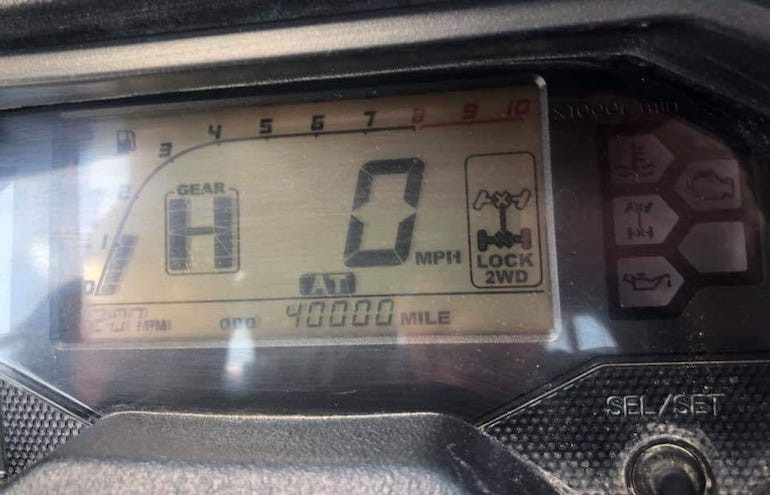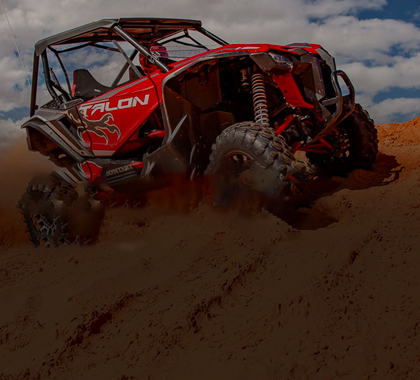How Many Miles Can I Expect To Get Out Of My Honda Pioneer?
Jun 15th 2023
Honda is notorious for manufacturing well-engineered, precision-built products that last a lifetime. And with the Honda Pioneer 500, Honda Pioneer 700, and Honda Pioneer 1000, Honda lived up to its reputation. There are claims out there of a Honda Pioneer with 75,000 miles and 3,800 hours on it that runs like new, but you can’t discount the amount of replacement parts, meticulous maintenance, and rebuilds required to hit that number. We know for sure that 40,000 miles is possible in a Honda Pioneer, but is that standard? What can one reasonably expect out of their side-by-side, and when shopping for a Honda Pioneer for sale on the used-UTV market, how much weight should you give a vehicle’s mileage when determining its value? These are some of the topics we’ll touch on in this analysis of the question: “What is considered high mileage on a Honda Pioneer?”
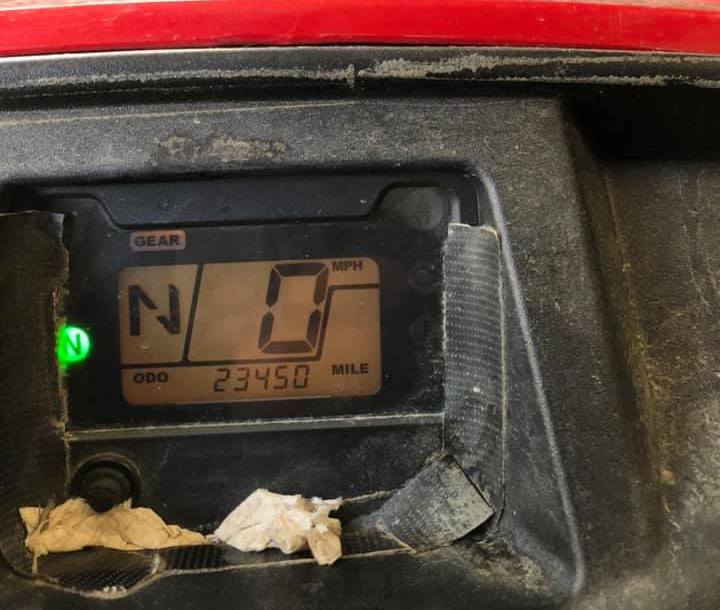
What Affects The Life Expectancy Of A Honda Pioneer?
We hinted at it earlier, but the maximum mileage you can get out of your Honda Pioneer will depend on how / how frequently the UTV was serviced, who was responsible for the miles, and where the riding took place. Let’s begin with the latter.
Environment:
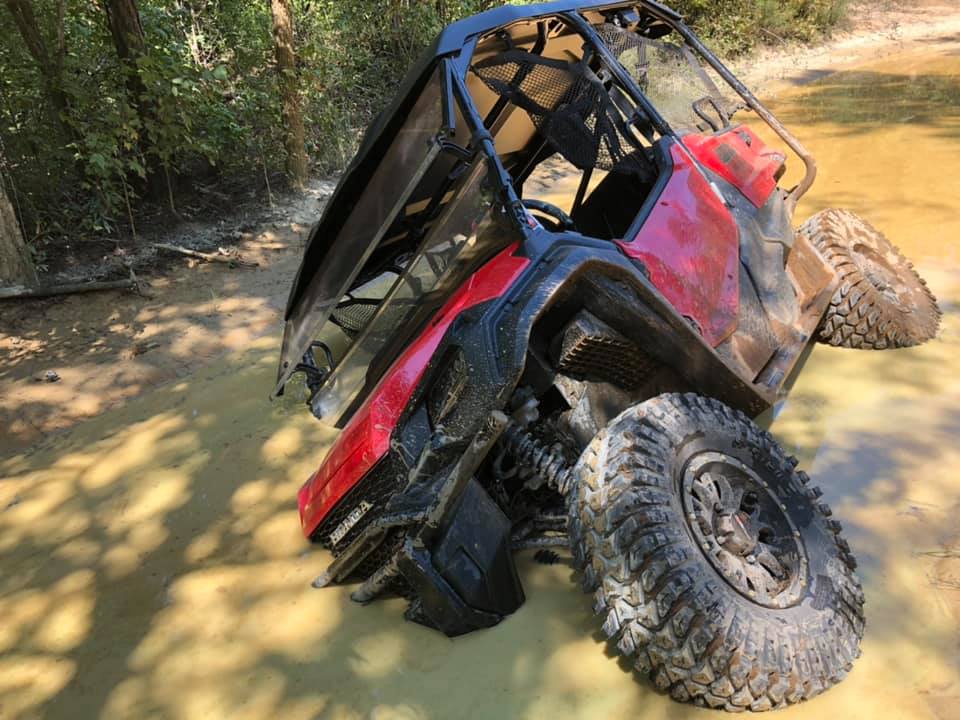
East Coast miles are not the same as West Coast miles, and peanut-butter Southern mud is wildly different from the wooded trails you'll find in the Pacific Northwest. Things to consider about the riding environment include moisture levels, grit content, airborne debris, and caustic materials.
Road salts and natural sea salts, for example, are hard on machines like the Honda Pioneer, while soils that are either highly acidic or highly alkaline can contribute to a reduced life expectancy as well. As such, we recommend always washing your Honda Pioneer after every ride, even if you could care less how dirty it looks.
Sand, too, is bad for your engine, and dust is on a similar level. Because of this, the performance of your air intake system is paramount, and this includes both your air filter as well as your air box. You could have the highest-rated air filter, a pre-filter, or even a particle separator, but if your air box is leaky, it’ll all be for nothing!
Riding Style:
In addition to the destination, your disposition behind the wheel will also affect the life expectancy of your Honda Pioneer. Of course it’s an off-road vehicle, and you should use it accordingly. And if you bought a Pioneer for the thrills, feel free to push things to their limits. That being said, though, it’s important to have a basic understanding of the riding physics, and how different riding techniques can improve the longevity of your side-by-side. It’s also important to know a fair bit about how the Honda Pioneer works, which will help you prevent premature wear and tear.
To keep your clutch system free from harm, never run your Pioneer if the battery has low voltage, as this will cause the clutch to slip because it affects the UTV’s electronic shifting system. You may also have to do a clutch relearn at some point as well (if the AT and MT lights become illuminated), in which case you’ll need to do the procedure in 2WD instead of High or Turf Mode.
While we’re on the subject of modes, using the appropriate setting for the application at hand will also contribute to prolonging the lifespan of your Honda Pioneer. When driving at slow speeds and on rough terrain, always operate the vehicle in Low Gear. This includes any time you’re riding with heavy cargo or towing heavy loads, when ascending steep hills, when driving over large obstacles, and when driving at a constant slow speed (around 5 MPH or below). High Range, on the other hand, is for high speeds and on flat / hard terrain.
Turf Mode places less strain on your drive train, so you can use that until you get into sugary sand, mud, or steep hills. Do not use 4WD on paved surfaces where the drive wheels are unable to slip when put in a bind -- you’ll be surprised at what a Pioneer will go through with neither 4X4 nor the diff lock engaged.
Maintenance:
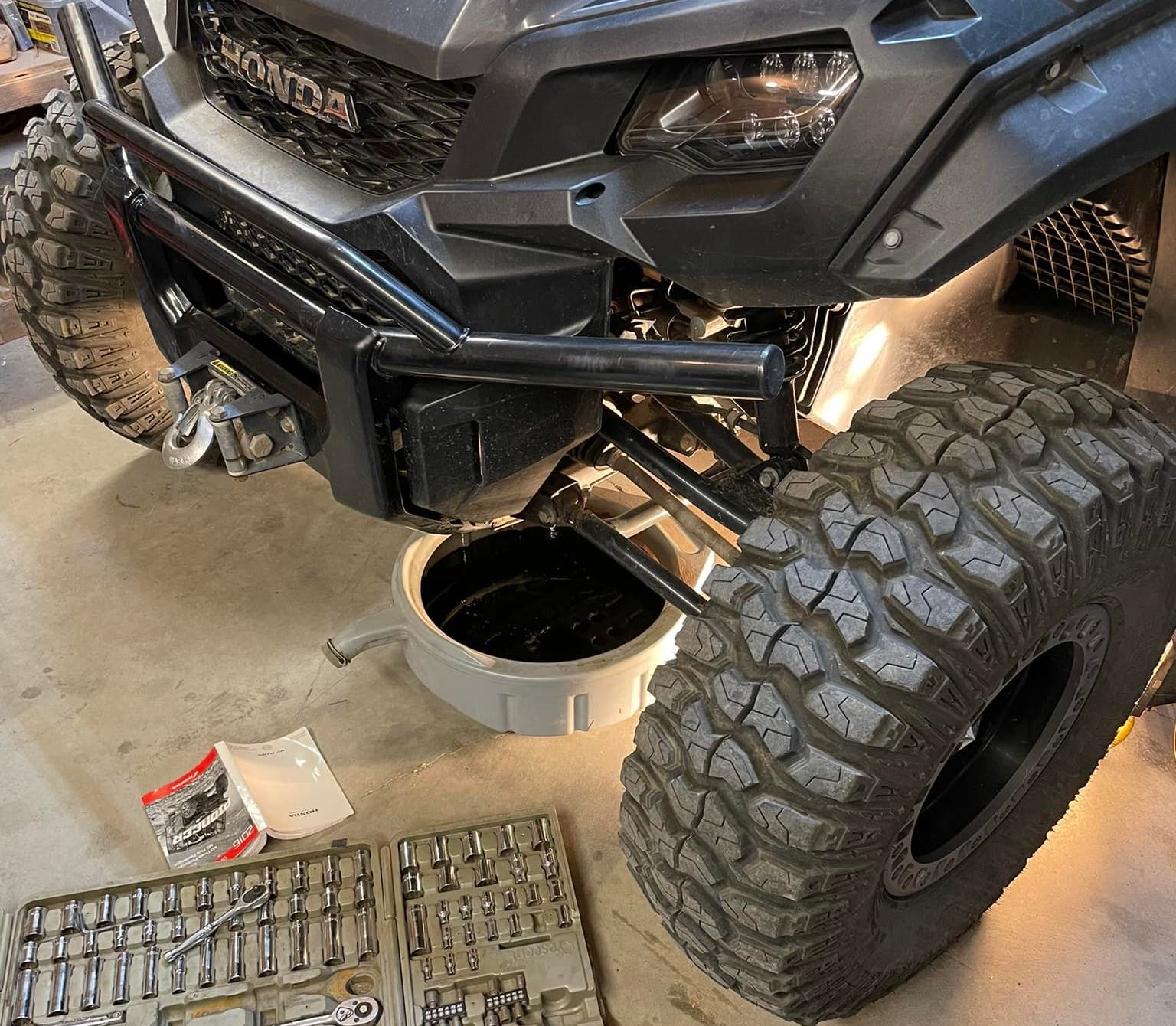
Upkeep is critical with any piece of equipment, and the Honda Pioneer is no different. While you’ve got yourself one of the best UTVs available with a proven track record of both reliability and longevity, you’ll get more out of her if you periodically inspect, fix, and service your Honda Pioneer at frequent and regular intervals. To learn more about servicing your rig, check out these simplified Honda Pioneer / Honda Talon maintenance schedules for everyday use!
How Many Miles Is Too Many Miles?
When shopping for a used Honda Pioneer, you might be tempted to use mileage as a proxy for quality. This, however, is unwise, and the quality of the machine will depend more on the three factors we just discussed. A 5-10K Honda Pioneer could be a great deal if it’s priced right, and if you know the visual signs of a buggy that was well-taken-care-of, you’ll be better able to gauge its value using more than the number on the odometer.
Besides the wheel bearings and a-arm bushings, look for any signs of leaky fluids. Inspect the underside of the chassis / skid plates for dents and dings or anything that would indicate a hard hit. When checking the a-arms for play, also note any signs of damage, and check everywhere for rust, especially around the a-arm mounts on the frame.
Make sure that the shifts are nice and firm, and when test driving the vehicle, listen for any troublesome noises like popping sounds in 2WD, 4WD and in diff lock – especially while turning sharply.
In Conclusion
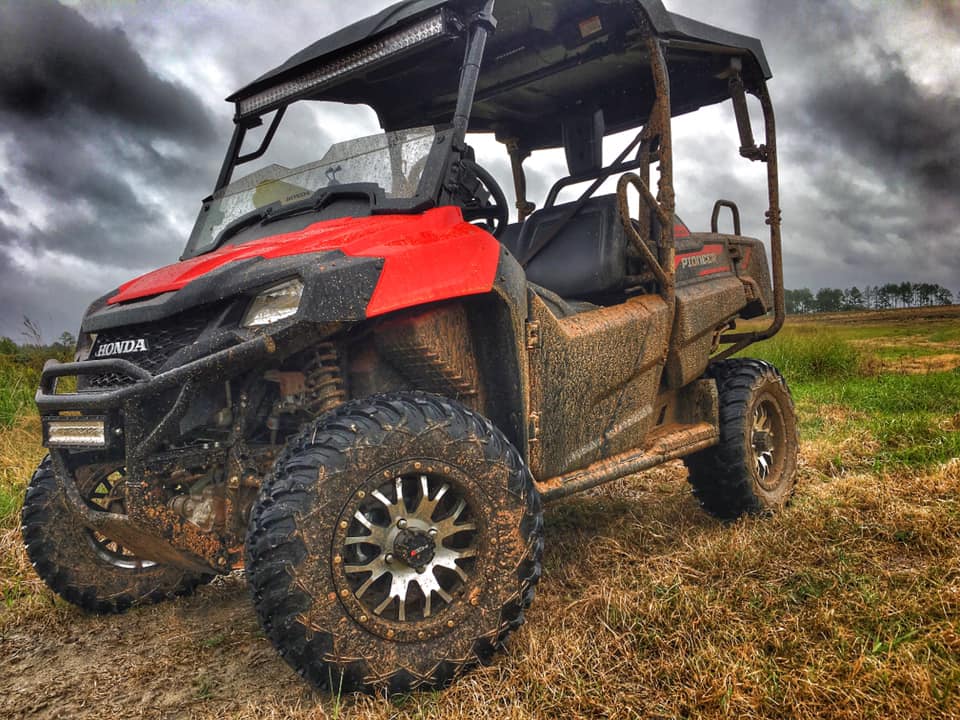
If properly maintained and driven responsibly, chances are high that you’ll get 15,000 to 20,000 miles out of your Honda Pioneer. Will you have to change fluids, swap filters, and fix the occasional axle? Of course. But where major issues and complete breakdowns are concerned, you should not face many problems for the first ten thousand miles or so... and maybe even longer!


